A Couture Segmented Hemming Technique Enhances Gored Dresses
Susan Khalje explains a section-by-section approach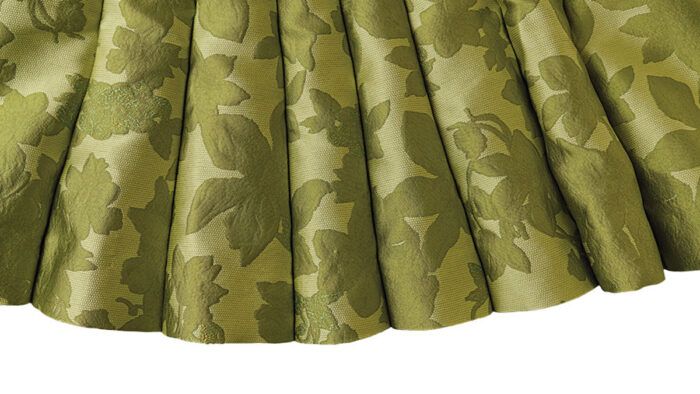
Synopsis: Much of the time, hemming a garment is straightforward. You mark the hemline, determine a hem allowance width and trim accordingly, then turn up the hem, stitch it into place, and that’s that. But every now and then, a hem can do something more: It can make a powerful design statement of its own, adding shape and contour and grace—and interest—to the bottom of the garment.
I’d like to share a hemming technique that truly does make such a difference. To show just how much, I’ve made two dresses, identical except for how they are hemmed. This dress design, Vogue 1724, has multiple panels giving it a sweeping flare at the hemline.

Proof of principle
The dress above is hemmed with a bias facing that spans the entire hemline. The result is fine. The hem does what it’s supposed to do, which is finish the dress’s bottom edge. Another option would be to fold up the hem allowance, press, and stitch it in place.
But the dress at left has a critical difference: Each panel is hemmed before it’s attached to the adjacent panel, and the lower parts of the seams, from about the hips down, are left unpressed and unopened. The seams fall out of sight within the skirt’s fullness. The result is a gracefully shaped hem, emphasized by the outwardly curved panels.

Suitable designs and fabrics
You need a multipaneled garment for this to work. While the dresses shown on the previous pages have 16 panels each, and the skirt below has 20, it’s…
Start your 14-day FREE trial to access this story.
Start your FREE trial today and get instant access to this article plus access to all Threads Insider content.
Start Your Free TrialAlready an Insider? Log in







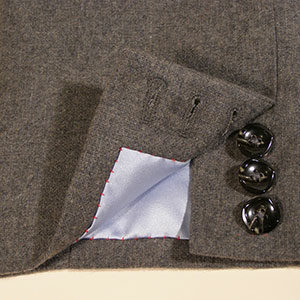



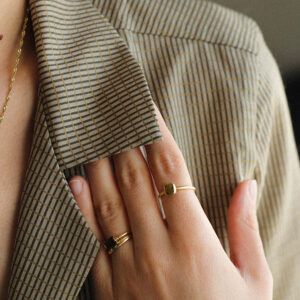
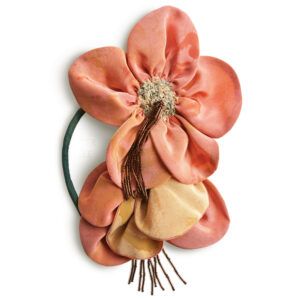
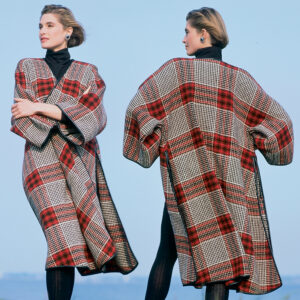

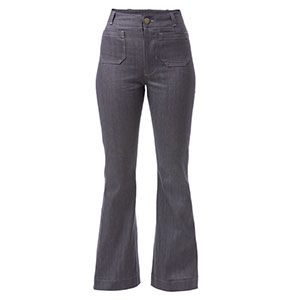
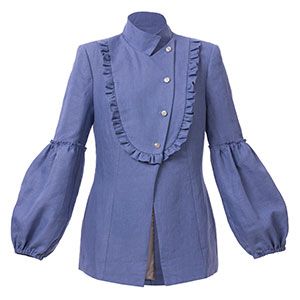
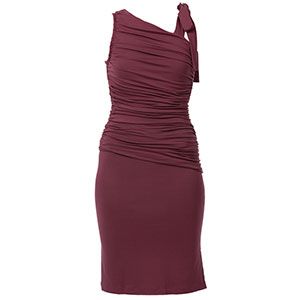
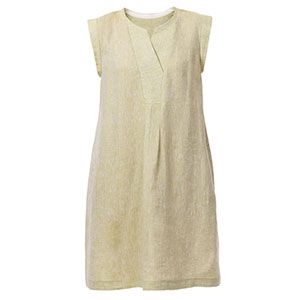
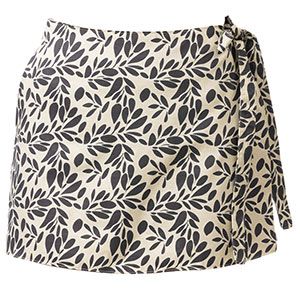
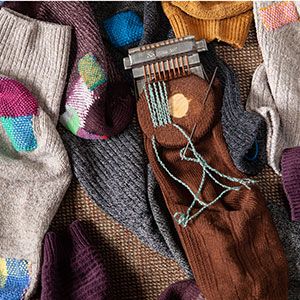
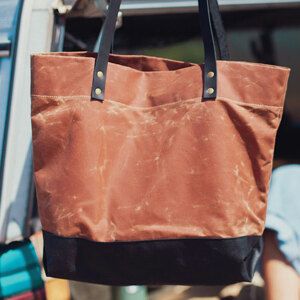
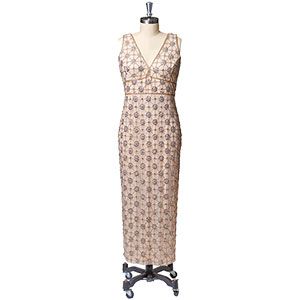

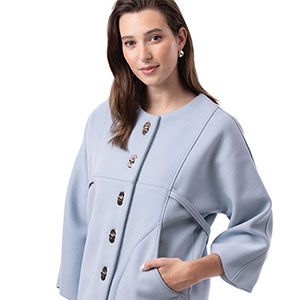
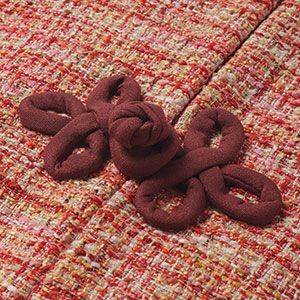











Stunning piece and exceptional work. I am truly grateful that you shared this beautiful technique with us.